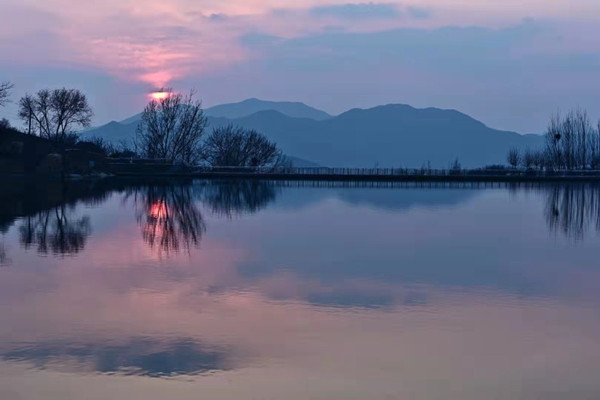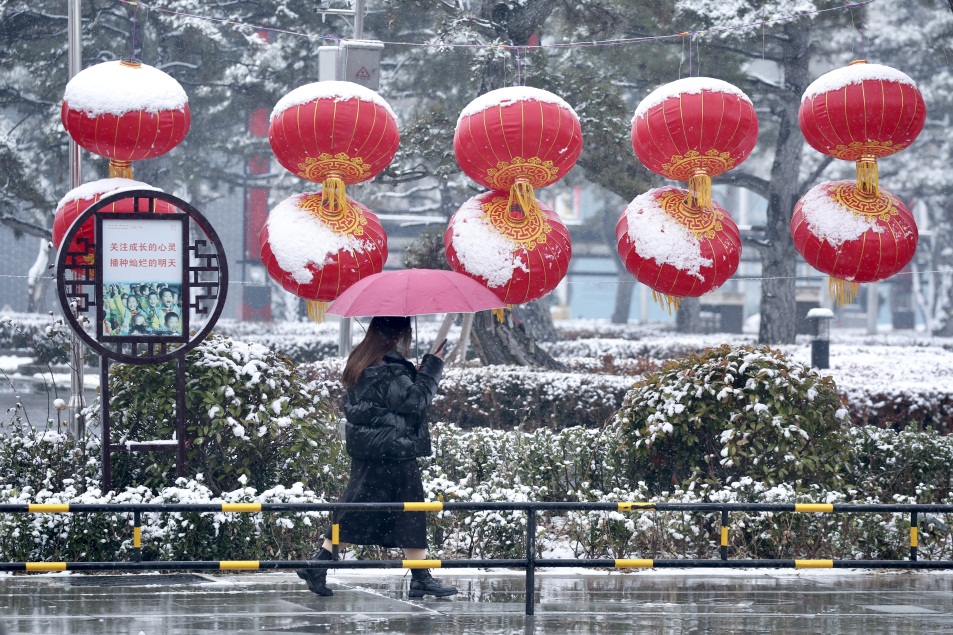Local photographer documents beauty of Dai Temple
Situated to the north of Tai'an City, Dai Temple is the largest and best preserved architectural complex of Mount Tai. Also called the East Dai Temple, it is one of the four most famous ancient architectural complexes in China, including the Forbidden City in Beijing, the Temple of Confucius, the Kong Family Mansion and the Cemetery of Confucius in Qufu, and the Mountain Resort in Chengde.
Zhang Jie, a well-known photographer in Tai'an, captured the beauty of Dai Temple through his camera lens.
|
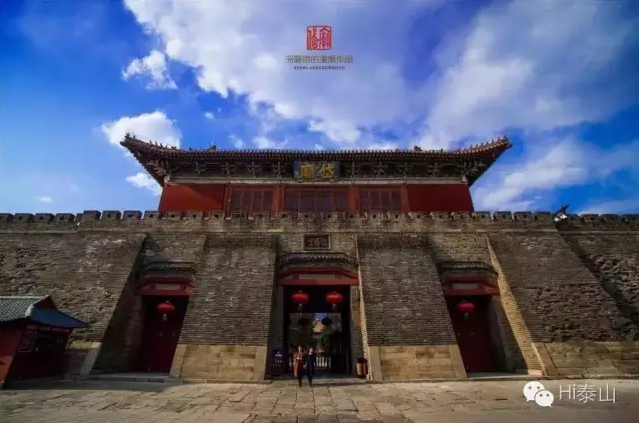 |
|
Situated to the north of Tai'an City, the Dai Temple is the largest and best-preserved architectural complex of Mount Tai. [Photo/Zhang Jie] |
Covering an area of 96,000 square meters, the Dai Temple is about 405 meters long from south to north and 237 meters wide from east to west.
The Temple has various features including the Hall of Celestial Gifts (the Tiankuang Hall), the Yaocan Pavilion, the Zhengyang Gate, the Bell Tower, the Drum Tower, the Han Dynasty Cypress Courtyard and the Tang Dynasty Pagoda Tree Courtyard.
|
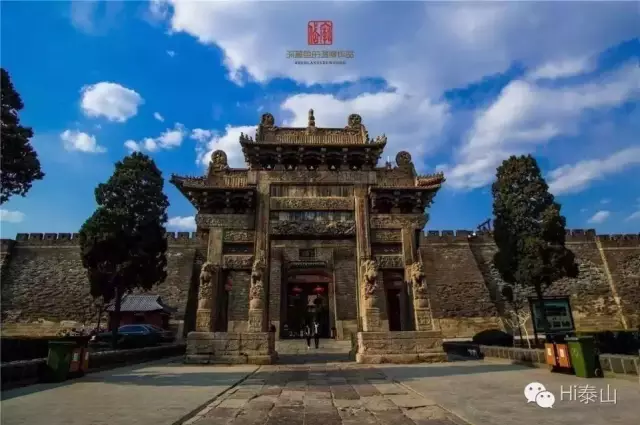 |
|
The Zhengyang Gate at the Dai Temple. [Photo/Zhang Jie] |
It used to be the venue where emperors of past dynasties held celebrations to worship heaven and earth, and bestowed sacrifices to the God of the mountain. This was also the first stop for pilgrims on their way to the sacred Mount Tai.
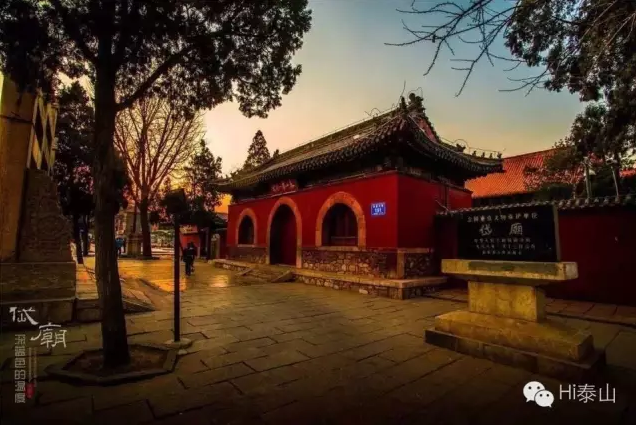 |
|
A structure at the Dai Temple. [Photo/Zhang Jie] |
According to historical records, the original temple was first built during the Qin Dynasty (211-206 BC). During the Han Dynasty (206 BC-220 AD), a replica was built. Several dynasties later, pavilions and other decorations were added, making the modern Dai Temple what it is today.
Most of the present attractions inside the temple are left over from the Han Dynasty. Seen from a distance, the temple appears grand and magnificent. Take a closer view, and you will feel astonished by its stateliness. It is a symbol of ancient Chinese power.
Standing at the entrance to the temple, you will see the Yaocan Pavilion and the archway of the Dai Temple first. Its grand framework and elaborate engravings are hugely impressive and entice tourists to visit the temple.
Entering it, there are many gateways and various structures, all colorful and brilliant in their own unique way. Among them, the most conspicuous is the Hall of Celestial Gifts (the Tiankuang Hall) built in the Song Dynasty (960-1279), and one of the three palace-style types of architecture that can be observed in China.
Inside the hall, there is a portrait of God, 4.4 meters high, set in the middle. Around the walls of the east, west and north, an enormous mural 3 meters high and 62 meters long named "the God of Mountain Tai on an inspection tour" depicts the wonderful and grand scene of the inspection tour itself.

 Shandong: Where Excellence is made
Shandong: Where Excellence is made Building a Moderately Prosperous Society: The Tai'an Way
Building a Moderately Prosperous Society: The Tai'an Way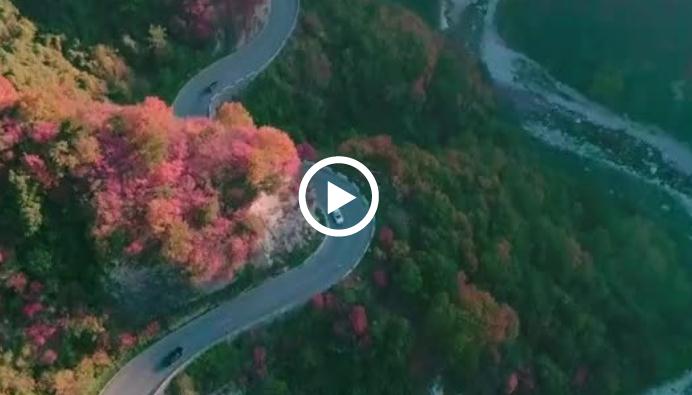 Video: Jiunvfeng Park
Video: Jiunvfeng Park
